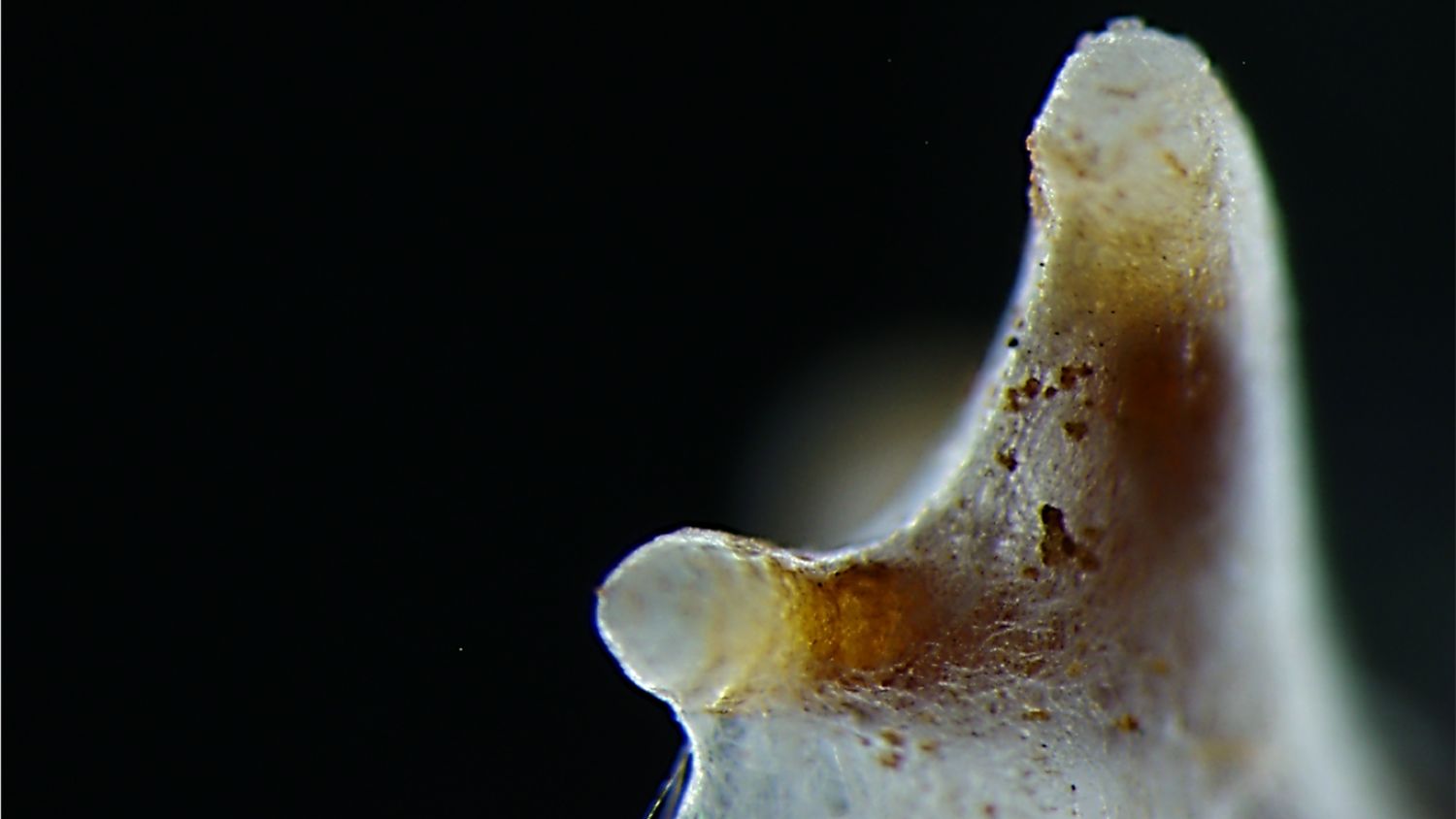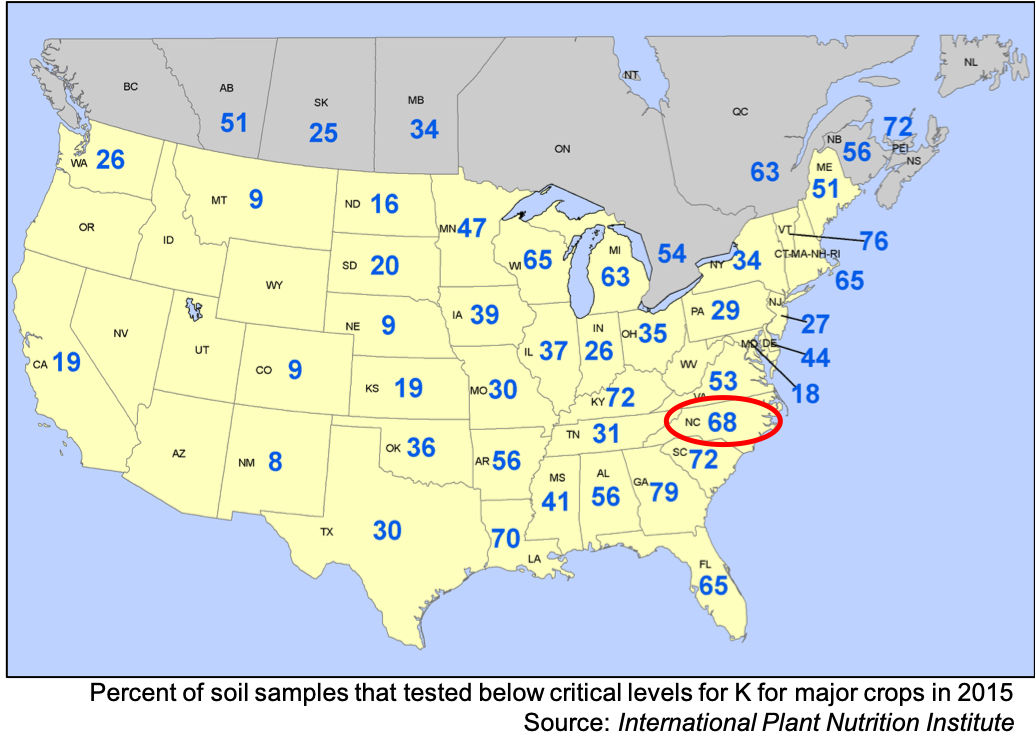
Photo by Garcia et al., Trends in Plant Science, 2016
Think your town is crowded? There are more living organisms in a gram of soil than there are people on earth. It’s a part of a vast under-foot ecosystem with a big job. The soil food web provides the amazing service of recycling nature’s trash into soil treasure. And it holds promise as the source for natural sustainable plant nutrition.
Plant roots surge through the crowded soil domain in search of water and nutrients to nourish their leaves and fruit above. But the roots don’t do the job alone. They wick up moisture but have a limited footprint and can’t always directly access the soil nutrients they seek. So plant roots tap into a subterranean support network.
Enter the Microbes
Microscopic organisms, including mycorrhizal fungi, work cooperatively with plant roots to deliver vital nutrients in exchange for a carbohydrate fee. Mycorrhizal fungi surround and physically invade plant roots – establishing colony networks around and through the roots to cooperatively barter scavenged nutrients for a plant-supplied carbon reward. Most plant roots are welcome hosts going so far as to signal their presence to microbes, chemically waving an open house invitation for microbes to set up residence and making specific nutrient requests that the fungi can deliver.
There are thousands of species of mycorrhizal fungi. Each type tends to specialize in their associations with specific plant species. Almost 90% of land plants form symbiotic relationships with some type of these beneficial microbes, including most agricultural crops. Like probiotics and human gut bacteria, these tiny nutritional heroes have been gaining scientific research attention, but mostly related to their ability to supply nitrogen and phosphorus. Little has been known about fungi’s ability to transport the third essential plant macronutrient potassium until now.

Streaming Nutrition
NC State Department of Crop and Soil Sciences researcher Kevin Garcia sees a future in fertilizers where plants decide which nutrients they need. Capitalizing on the plant/fungi codependence could set up a soil-borne GrubHub-type system where plants ‘order out’ the precise nutrient mix they need by signaling to soil microbes which nutrients are in demand. Understanding the rhizosphere interaction between plants and mycorrhizal fungi poses an interesting future for streaming plant fertility with no human error, fewer synthetics, and better plant health.
Microbe populations are ever-present in healthy soil. So why isn’t this happening already? Because fertilizer is fast food. Fertilizers offer a nutrient-heavy buffet right at the plants’ feet with no delivery or support system needed. But it becomes a self-fulfilling cycle as fertilizers negatively impact fungal populations. Fewer fungi mean more fertilizer is needed, and so it snowballs. The system only works until it doesn’t. Agriculturally depleted soils requiring constant inputs raise sustainability concerns.
Because of the huge variability in microbe types/populations, soil conditions, and plant varieties, understanding the nutrient transport between plants and mycorrhizal fungi is a relatively new field. “Most of the research appears on the transport of nitrogen and phosphorus, and very little focus on the potassium. We’ve realized that these fungi are important for potassium transport from the soil to the plant. They even impact the transport of micronutrients like zinc, iron, and copper,” Garcia noted.
The Value of Potassium
Potassium is essential to plant health – to both native and agricultural species. Potassium-deficient plants display yellowing leaf margins and stunted growth resulting in low output. It improves plant root growth and yield and provides and provides roots with built-in weather resistance to wilting and drought tolerance.
Most NC soils are high in natural potassium deposits, but these sources are usually in frustratingly inaccessible forms that are structurally bound with minerals or are trapped in clay layers, like a fully stocked but out of order vending machine. So most NC soils test as potassium-deficient and are supplemented with potassium inputs.

Fertilizers pose challenges in accuracy, economics, and unintended consequences. Finding natural alternatives could benefit plants and growers. But potassium fertilizers, called potash, are relatively inexpensive right now. However, they are finite, non-renewable, polluting to extract, and fleeting in the soil. Opportunities for alternatives are welcome.
Natural Nutrient Miners

Beneficial mycorrhizal fungi have the unique ability to tap natural nutrient deposits and supply them in a usable form for plants. In nature, the expansive network of fungi systems can increase the area of nutrient uptake in the soil for roots by a scale of 1,000. For a plant’s roots, a cubic meter of searchable soil is exponentially increased to a cubic kilometer where a strong mycorrhizal fungi population exists. Mycorrhizal fungi offer the opportunity to search and deliver nutrients in enormous areas that plant roots never reach.
Garcia’s lab team, including PhD student Danielle Cooney, is working in this new field of rhizomatic research to prove that mycorrhizal fungi can transport the essential macronutrient potassium. They’ve proven this ability in the lab and are working to reliably replicate the success. They are also working to bridge basic lab science to field-test their discovery, an entirely different challenge. “When we put inoculum fungi in the field it is complicated, there are many factors we do not control. There are natural populations of microbes already there in the soil. We don’t know how they will interact. Or if the inoculant we’ve chosen is even compatible with the plant species. There is a lot left to learn,” Garcia said.
Garcia’s initial work focuses on evaluating two strains of fungi and their interactions with three cultivars of soybeans. Their research measures the plant/fungi interactions’ impact on yield, biomass, nutrient content (particularly potassium), and grain protein content. “The basic question is can we use these inoculants instead of fertilizers to provide the same beneficial results?” Garcia’s group also investigated mycorrhizal fungi’s impact on potassium use by model legumes, corn, and even pine. Future research may target other NC crops plagued by potassium deficiency such as cotton and peanuts.
Intelligent Fertilizer Decisions
We need to develop plants that can interact better with the environment.
Next Level Fungi
Kevin Garcia’s lab is also involved with a new interdisciplinary research project to harness beneficial fungal endophytes for pathogen control and drought tolerance in North Carolina crops through the NC Plant Sciences Initiative. This GRIP4PSI project is part of a University seed-funding effort to push the boundaries of plant science research by tapping thought leadership across multiple departments. Garcia expects this new project to generate new genetic tools for beneficial fungi and new model fungal species which will enhance his current mycorrhizal research.
Interested in More Innovation?
Research advances constantly. Keep on top of the latest news from the Department of Crop & Soil Sciences by joining our Friends of Crop & Soil Sciences weekly newsletter. If you are a student interested in soil science (or know someone who is), learn about our multiple degree programs or sign up for an email exploration of our department’s undergraduate studies. We are growing the future.